News WOSCU

"Usmadon" for eyebrow coloring in the Bumiller collection
The outstanding collection of pre-Mongol Islamic metalwork, widely known among experts as the Bumiller Collection or the University Museum of Islamic Art in Bamberg, has no equal in terms of the richness and diversity of its objects.
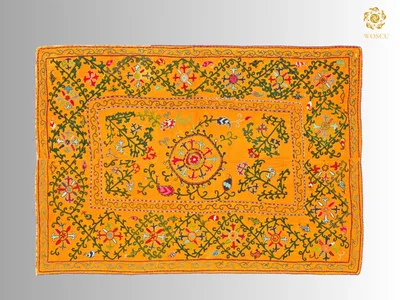
Items donated to the Ethnological Museum Dresden
The Saxonian State Collections of Ethnography (SES) were formed in 2004 from the three ethnological museums in Saxony – Leipzig, Dresden and Herrnhut.
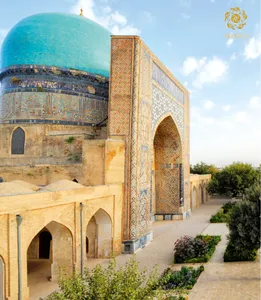
Which architectural complex in Uzbekistan resembles a large square?
The Dar ut-Tilavat complex, located to the south of the central square of medieval Shakhrisabz, near the central market and the Chorsu shopping center, is planned as a large square and occupies a total area of approximately 500 m2.
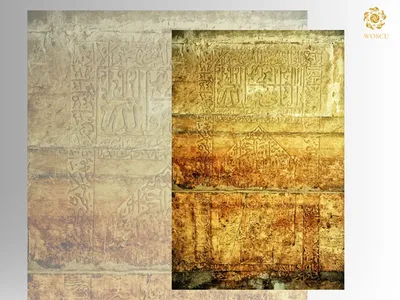
Words and sacred formulas written in the crypt of Amir Temur
In a rare architectural structure - in the crypt of Amir Temur located in the city of Shahrisabz, Kashkadarya region, a fragment from the Koran was written.
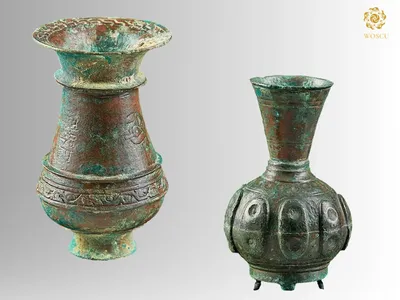
Vase from the Bumiller collection
The outstanding collection of pre-Mongol Islamic metalwork, widely known among experts as the Bumiller Collection or the University Museum of Islamic Art in Bamberg, has no equal in terms of the richness and diversity of its objects.
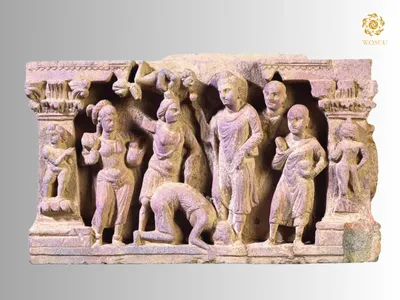
The role of the Kushan dynasty in history
During its heyday, the Kushan Kingdom (I – III centuries AD) encompassed vast territories of the southern part of the modern Central Asia, Afghanistan, as well as the lands of Pakistan and Northern India.

On behalf of WOSCU, the book-album series “The Cultural Legacy of Uzbekistan” presented to the Miho Museum
One of the outcomes of the fruitful collaboration between WOSCU and the Miho Museum is the album book "Cultural Legacy of Central Asia in Japanese Museums" from the series "Cultural Legacy of Uzbekistan," showcasing artworks related to the culture of Central Asia, including Uzbekistan.
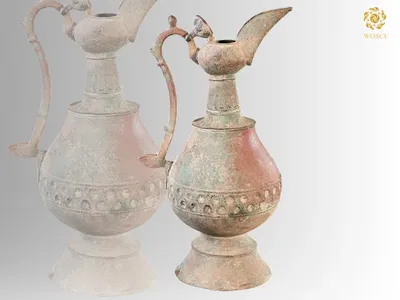
Ewers with engraved Kufic inscription with the name of the master Akhmad
The outstanding collection of pre-Mongol Islamic metalwork, widely known among experts as the Bumiller Collection or the University Museum of Islamic Art in Bamberg, has no equal in terms of the richness and diversity of its objects.

What were the traditional Karakalpach home dresses like?
Women’s keilek were home and holiday wear.

What was included in the clothing set of Karakalpak women?
Women of all ages had in their underwear garment of complex suit – dress shirt keilek and yshtan the same cut that in men’s, but with narrow cuffs decorated by zhiyek; shapan robes, head robe-capes zhegde, a variety of headwear, shoes and were obliged to the set of silver jewelry.
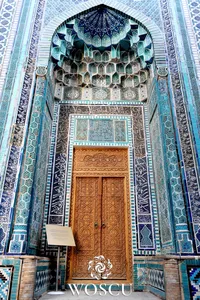
What is written at the entrance to the Shahi-Zindah complex mausoleum of 1360-1361?
A fragment from the Koran is inscribed in the very plastic thuluth-i ghubar script along the perimeter of the entrance aperture.
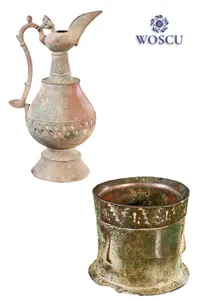
A bronze mortar in the Bumiller Collection
The collection of pre-Mongol Islamic metalwork, widely known among experts as the Bumiller Collection or the University Museum of Islamic Art in Bamberg, represents the most complete groupings of practically all kind of bronze and brass items found in Khurasan and Mawarannahr/Transoxiana from the 9th to the beginning of 13th centuries.
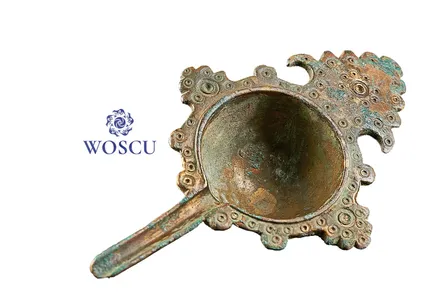
The Bumiller Collection
The outstanding collection of pre-Mongol Islamic metalwork, widely known among experts as the Bumiller Collection or the University Museum of Islamic Art in Bamberg, has no equal in terms of the richness and diversity of its objects.

The meaning of red in Karakalpak clothing
The clothes of the girls, brides and young women of Karakalpak dominated red colors.

Plate with images of birds
The outstanding collection of artistic bronze from the pre-Mongol period, widely known as the "Bumiller Collection" or the University Museum of Islamic Art in Bamberg, has no equal in richness and variety of exhibits.
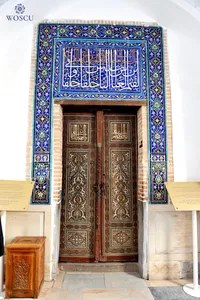
What do the inscriptions on the door leading to the complex of buildings near the mausoleum of Qusam ibn Abbas say?
At the eastern entrance leading to the complex is installed a carved door with very fine and delicate laced chasing.
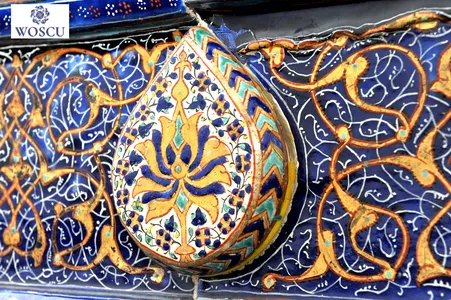
The group of buildings around the Qusam ibn ‘Abbas mausoleum
The entrance to this complex of interconnected buildings is located in the eastern wall of the porch of the middle group of buildings.
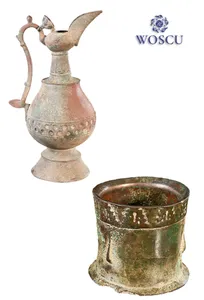
The Budrach hoard dated to the middle of 11th century
The outstanding collection of pre-Mongol Islamic metalwork, widely known among experts as the Bumiller Collection or the University Museum of Islamic Art in Bamberg, has no equal in terms of the richness and diversity of its objects.

Germany's only museum of Islamic art at the University of Bamberg
Senator (hon.) Manfred Bumiller began to collect treasures of Islamic art in 1980.
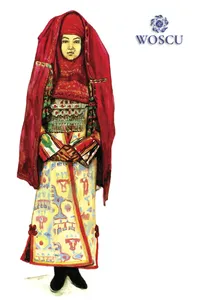
What is the importance of age-appropriate clothing for women?
A girl – a future mother – is the biggest value in the family.
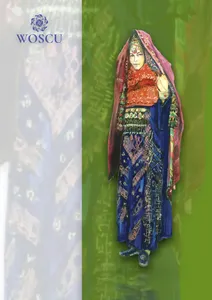
Features of the traditional Karakalpak women’s costumes
Karakalpak women’s costumes differed from men’s in that they were more elaborate and had bright colors and abundant jewelry.
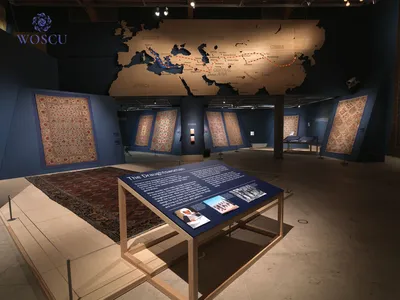
«Colours of The Silk Road – suzani embroidery from Uzbekistan»
In a dedicated exhibition at The Burrell Collection in 2008, the Burrell group of Suzanis were displayed together for the first time.

How did the clothing of the Karakalpaks reflect their age?
Age differences in Karakalpak clothing were manifested in the color, length and width of the robes, as well as the manner of wearing clothes.
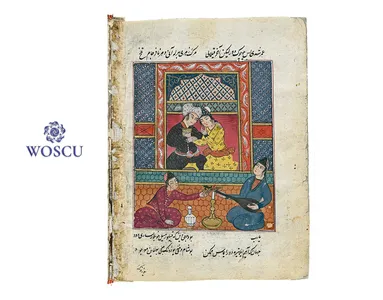
Chagatai manuscripts
The Berlin State Library contains more than 190 manuscripts in the Chagatai (Old Uzbek) language.

"Architectural Epigraphy of Uzbekistan"
Photo report on how the media event unfolded
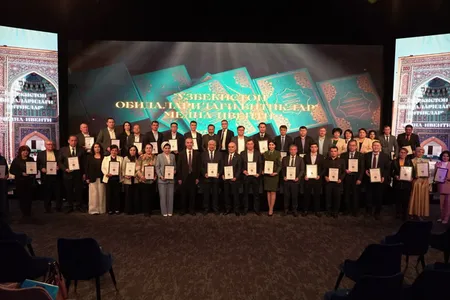
Media event "Architectural epigraphy of Uzbekistan"
On April 8th, WOSCU, together with the Academy of Sciences of the Republic of Uzbekistan and the Abu Rayhan Biruni Institute of Oriental Studies, presented the series of books "Architectural Epigraphy of Uzbekistan" and held a certificate award ceremony for the receipt of 20 volumes of book-albums by organizations, ministries, and departments.
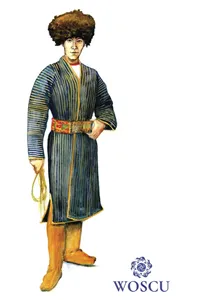
What kind of shoes did the Karakalpaks wear?
Shoes of Karakalpaks were boots (yetik) with sharp, slightly turned-up toes on a wide flat beveled heel and protruding knee part.

Unique works of the Ottoman Turks stored in Britain
The arts of the book comprise a significant part of the British Museum’s collections from the Islamic world.

Manuscripts in the Berlin State Library
The Berlin State Library houses about 190 manuscripts in the Chagatai language. The Chagatai manuscripts reached the Berlin State Library from East Asia in a great variety of ways.
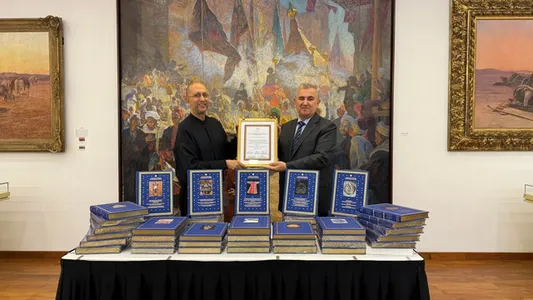
50 volumes “Cultural Legacy of Uzbekistan in the World Collections” were donated to a museum in Malaysia
On April 8th, a meeting took place at the Islamic Arts Museum Malaysia between Ambassador of Uzbekistan Karomidin Gadoev and the director of the museum, Saied Muhammad Al-Bukhari.

A delegei, kulakshin and other winter headdresses of the Karakalpaks
Among the main headdresses of the Karakalpaks were little round caps of black velvet on quilted or fur lining with a narrow black rim of smooth fur as well as caps with a high crown trimmed with fox fur.

History of the Berlin State Library
The Berlin State Library is the largest scientific universal library in Germany and belongs to the leading European cultural institution - the Prussian Cultural Heritage Foundation.
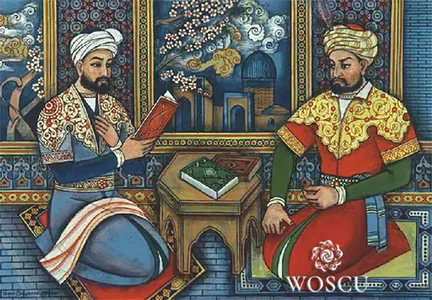
Who brought Navoi's "Kulliyat" to France?
Currently, the National Library of France houses several rare manuscripts of our national literature.
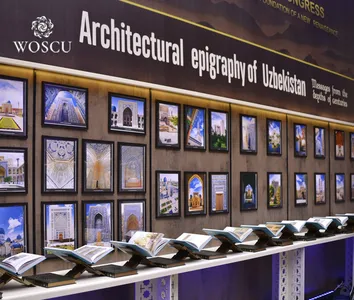
Media event "Architectural Epigraphy of Uzbekistan"
Today, in the conference hall of the World Society for the Study, Preservation, and Popularization of the Cultural Legacy of Uzbekistan (WOSCU), there will be a presentation of the book series "Architectural Epigraphy of Uzbekistan," along with a certificate award ceremony for their gratuitous transfer to relevant organizations and departments.
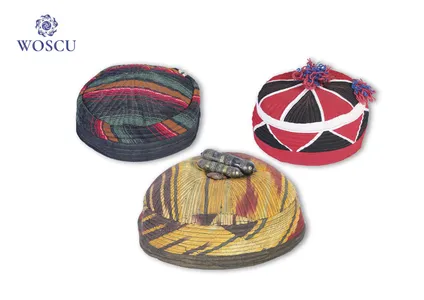
Karakalpak tahiya and its types
Scullcaps - tahiya were dome-shaped, about 12 cm in high, the top of them cross linked in four parts and was usually quilted with fine stitches.
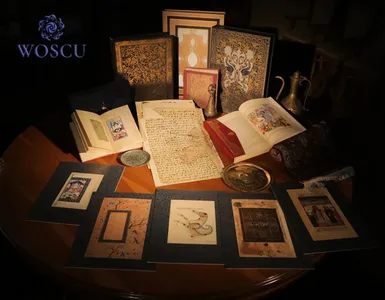
How much did the French ambassador buy Mirajname for?
As is known,Library of the Kings of France, which after the French Revolution became the Bibliothèque nationale (now Bibliothèque nationale de France, or BnF) is certainly one of the first libraries in Europe that collected important manuscripts from Central Asia.
